2020 Tata Harrier 170 PS Diesel Automatic in CarToq’s first drive review
Tata’s one of the most-awaited products, the Harrier was launched in the Indian market last year. The all-new SUV based on an all-new OMEGA-ARC platform gained quick popularity in the market but new launches later in the year shifted the focus of the customers from the Harrier. In 2020, Tata has launched an update and it is probably the only vehicle in the Indian market to receive a 30 PS update within a year of launch. We drove the new BS6 compliant Tata Harrier in Pune and here are all the details that you should know about!
More power!
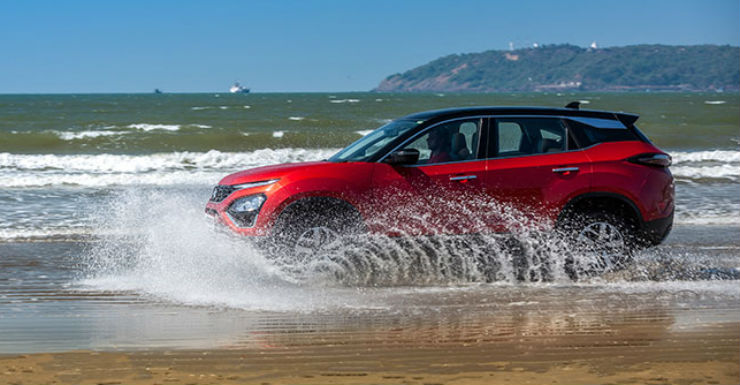
Let’s talk about the big update first. Tata launched the Harrier with the KRYOTEC engine, which is sourced from Fiat. The 2.0-litre Multijet engine produced a maximum power of 140 PS and peak torque of 350 Nm. With the BS6 update, Tata has now improved the power and there’s 30 PS of extra juice available. The engine now produces a maximum power of 170 PS but the torque output of 350 Nm remains the same. From 140 PS to 170 PS in a year is a great improvement but we do feel that Tata could have launched the Harrier with the current engine specifications. Nonetheless, with the new update, the engine has become smoother and we feel that it has become quieter too.
Driving the automatic
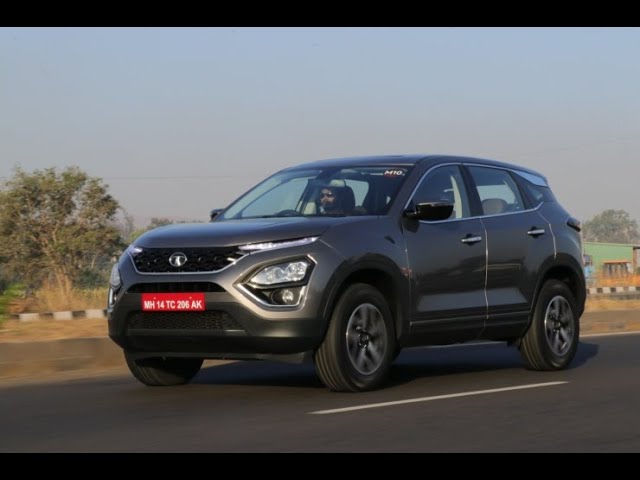
The popularity of automatic transmission has increased in recent times in the Indian market. When a new car launches without an automatic transmission, the market strongly demands it and Tata claims that about 60% of customers and prospective customers enquired the automatic transmission Harrier. The new BS6 compliant Harrier now gets a 6-speed automatic transmission sourced from Hyundai. It matches seamlessly to the engine and does the job pretty well. There is nothing exceptional or different about this transmission. It does the job very well.
The automatic transmission gels well with the engine and it is very smooth. Inside the city limits, the car was in City Mode and it did not feel like anything is missing. It downshifted and upshifted pretty smoothly and there are no jerks whatsoever. So full marks to Tata for fine-tuning the engine and transmission.
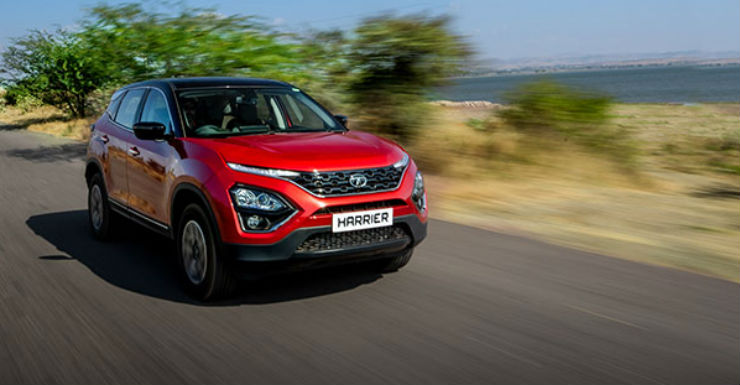
On the highway, we also tried the Sport mode that allows utilising the full 170 PS of power along with a sharper accelerator feel. In the Sport Mode, the transmission holds the revs and allows the car to reach higher RPM. You feel like that the engine always remains in the powerband in this mode. After driving the automatic for some time in the Sport Mode, we felt that this mode can be kept on reserve for the day you feel over-enthusiastic. You will not need the Sport mode in day-to-day driving and even on the highway, the City mode feels sufficient.
While overtaking on the highways, the transmission does not shifts down instantly when you press the accelerator but it does not take too much time too. So after driving for a while, you will know the right time to push the accelerator and go for the gap on the highway. As we said, the 6-speed transmission does the job well but there’s nothing exceptional about it.
Driving the manual
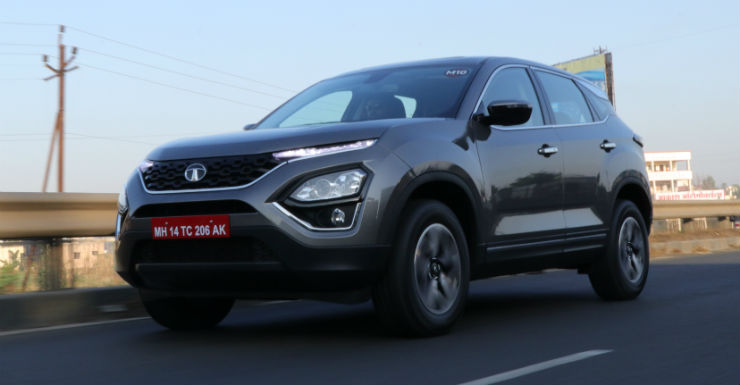
With 170 PS of power, Tata has fine-tuned the transmission to handle the extra power. After driving the manual version, you feel that a lot of work has been done to the mechanicals. The 6-speed transmission remains but it has become smoother to shift into the slot. Also, a major difference in the manual version of the car is the clutch pedal. It has become a lot lighter and driving through the heavy city traffic will not hurt your leg. Also, with the new powerful engine, you have a lot of power on the tap and can go past other vehicles without even downshifting in some cases.
Overall driving experience
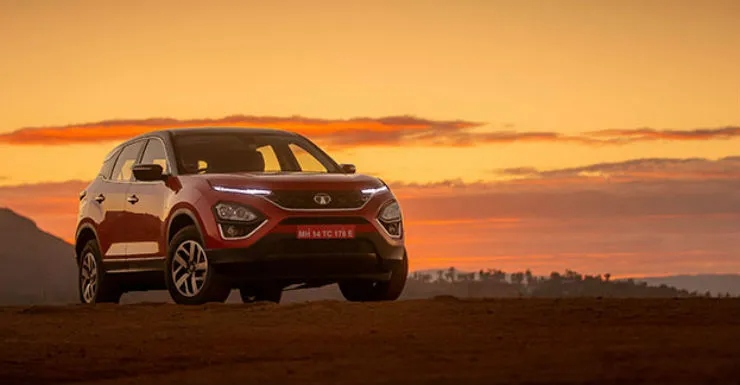
The new Harrier has become quieter and we could feel it as soon as we pressed the push-start button. The NVH levels have improved by a great deal in the car. However, at the higher RPMs, especially in the Sport Mode, a clatter filters inside the cabin. If you keep the sunroof open, it becomes much more distinctive. A big improvement is the ORVMs. Tata has redesigned the outside mirrors and they are more aerodynamic and smaller in size. It reduces wind noise massively while improving visibility.

The Harrier’s steering has been improved too. It gives a better feel than the BS4 compliant model. The steering wheel weighs up at higher speeds and gives you a lot of confidence on the highways, especially while changing lanes at high speed. But there is still a slight amount of body roll but since this is an SUV, you cannot do much about it. Tata has tuned the suspension on the stiffer side but while sitting in the rear, we felt that ride is bouncy. However, we give almost full marks to the Harrier with the new engine with improved manual transmission and new automatic transmission.
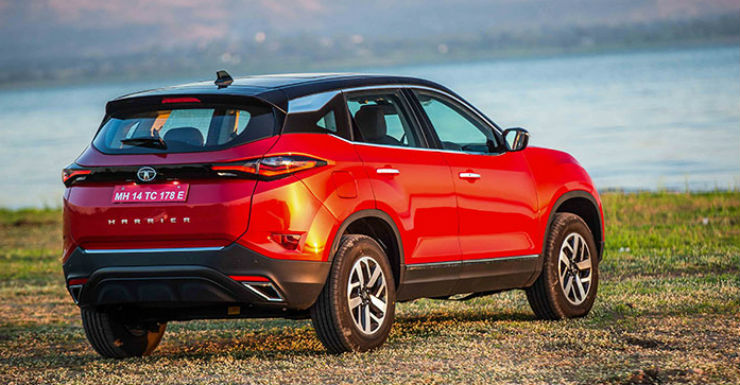
During our drive, the manual version displayed about 14 km/l on the fuel efficiency and about 12.8 km/l for the automatic version. They both are very good figures especially when we were driving enthusiastically in the sport mode most of the time.
What about the new features?

The new Tata Harrier comes with a slew of new features and the panoramic sunroof is the most highlighted one in the list. Even though the Indian weather does not allow much use of the sunroof, the market strongly demands it. Tata has responded by adding a panoramic sunroof that is widest in the segment. So even if you do not wish to keep the sunroof open, all the occupants in the car will be able to enjoy the sky with the panoramic sunroof! We loved it too.
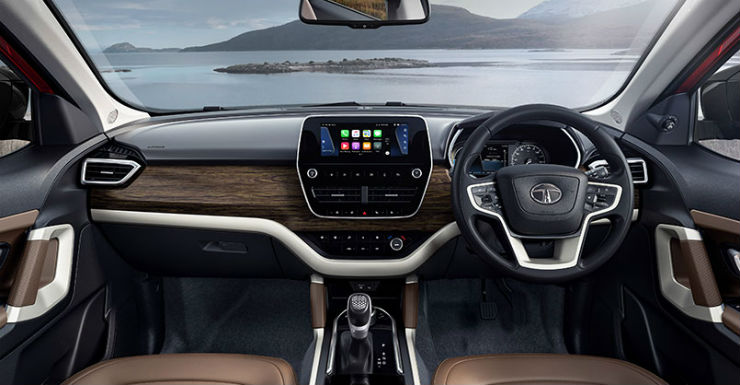
Apart from that, Tata has added a new auto-dimming IRVM that reduces the glare by 94% and 6-way electrically adjustable driving seat that offers a perfect set-up with the tilt and telescopic steering adjustment. Tata has also changed the location of the USB, which used to in a tricky spot in the BS4 Harrier. So you do not have to fiddle down and look for the slot.
The good old features like the Terrain Response System and the engine modes are still there. The Terrain Response System is not a replacement for the AWD system but it works quite well to take the car to tricky locations.
Does it look any different now?

Well, Tata has added the new red colour, which has become the flagship shade for the brand. It also gets new diamond-cut 17-inch alloy wheels that are a big update from the last version of the wheels. There are no changes in the car but the alloy wheels attract a lot of attention.
Safety
Tata has two five-star rated vehicles in the line-up with the Nexon and the Altroz. We believe that the Harrier will soon get tested by G-NCAP. Even though there is no safety rating on the car yet, the sound of doors closing down and overall feel of the vehicle induces a sense of confidence. The Harrier offers ESP as standard across the variants and six-airbag set-up with the higher variants. You can strap the seatbelts and feel safe inside this Tata.
What’s missing?
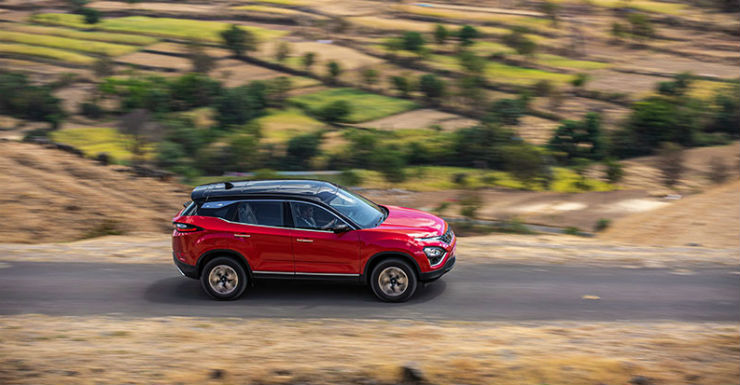
If you compare the feature list with the other cars in the segment, you will feel that the Harrier is missing out on a lot of features like wireless phone charging, 360-degree camera and whatnot. However, in day-to-day life, you will not feel that anything is missing. The Harrier offers everything that you will need for a comfortable and happy commute drive or a weekend outing.
Yes, we do feel that Tata could have improved the 8.8-inch infotainment system that shows signs of lag. Also, there are no connected features in the car. This comes at a time when vehicles from lower segment including the Nexon have started offering it. Also, we dearly miss LED lamps in the low and the high beam. The Xenon lamp in the low beam does the job well but LED lamps could have added more value to the car.
Should you go for it?

Starting at Rs 13.69 lakhs for the manual and Rs 16.25 lakhs for the automatic version, we feel that Tata Harrier is priced competitively. The automatic variant may feel a little out of budget but since the transmission is sourced from Hyundai, it is much more reliable and Tata has done a great job in tuning the engine and the transmission. It is a great car overall and with Penta Care extended warranty package, you can increase the standard 1 lakh/2 years warranty to 5 years/unlimited km at Rs 25,960. This shows how much Tata trusts their car. It sure is a complete package and it still stands out on the road because of its design. Go for it if you want to stand out in the crowd!
Also Read: 2020 Tata Harrier 170 PS Diesel Automatic in CarToq's first drive review

No comments
please do not enter any spam link in the comment box